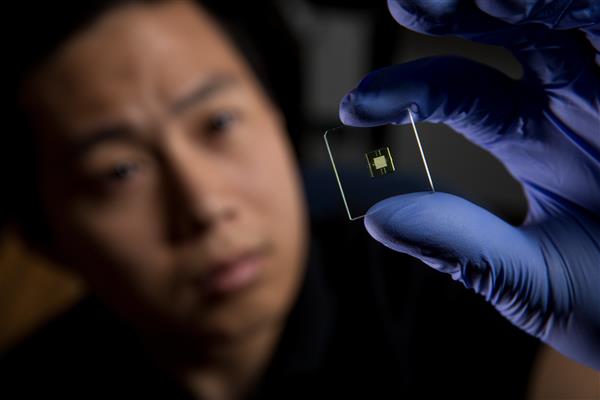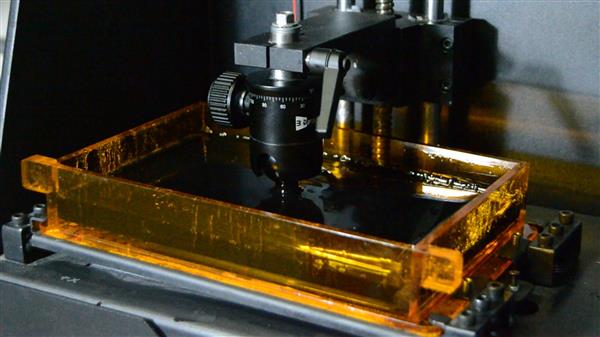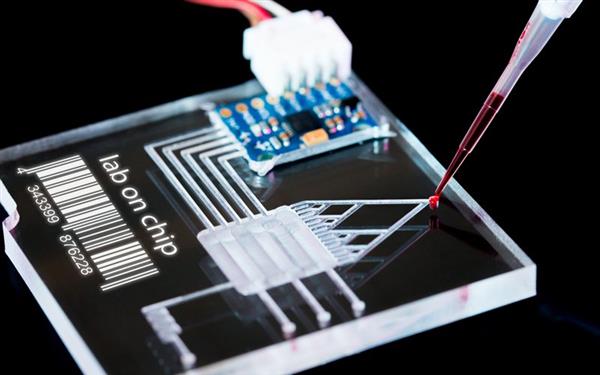Researchers at Utah’s Brigham Young University 3D printed a microfluidic that can be used at a scale below 100 micrometers. This “lab on chip” device is a big step in the 3D printed microfluidic technology.
Greg Nordin, electrical engineering professor BYU, Adam Woolley, a BYU chemistry professor, and Bryce Bickham, a BYU graduate student constitute the team which led this project. The research was published in the latest issue of the academic journal Lab on a Chip.

Microfluidic chips
Thanks with microfluidic chips, it is possible to distinguish disease biomarkers, cells and other small structures in samples such as blood using microscopic channels inherent in the devices. In order to do so, they use microscopic channels present in the devices.
To produce microfluidic devices, researchers made use of a 3D printer, with a 385 mm LED, that could print a very high resolution custom resin. For this project, researchers set up a digital light processing stereolithography and were able to produce “labs on a chip” whose have flow channel cross sections of about 18 micrometers.

As Nordin said, “others have 3D-printed fluidic channels, but they haven’t been able to make them small enough for microfluidics. So we decided to make our own 3D printer and research a resin that could do it…We’re deliberately trying to start a revolution in how microfluidic devices are fabricated.”

For further information about 3D Printing, follow us on our social networks and subscribe to our newsletter!
//pagead2.googlesyndication.com/pagead/js/adsbygoogle.js
(adsbygoogle = window.adsbygoogle || []).push({});





